We can get away from using fossil fuels in agriculture; what we can't do is get away from needing land where food can be grown.
--- but it means putting a priority on using land for food rather than parking or "nature" (as if agriculture wasn't as natural to humans as scratching is to dogs).
Climate change, drought, population growth - they could all threaten future food supplies. But global agriculture, with its dependence on fuel and fertilisers is also highly vulnerable to an oil shortage, as Cuba found out 20 years ago.
Around Cuba's capital Havana, it is quite remarkable how often you see a neatly tended plot of land right in the heart of the city.
Sometimes smack bang between tower block estates or next door to the crumbling colonial houses, fresh fruit and vegetables are growing in abundance.
Some of the plots are small - just a few rows of lettuces and radishes being grown in an old parking space.
Other plots are much larger - the size of several football pitches. Usually they have a stall next to them to sell the produce at relatively low prices to local people.
Twenty years ago, Cuban agriculture looked very different. Between 1960 and 1989, a national policy of intensive specialised agriculture radically transformed Cuban farming into high-input mono-culture in which tobacco, sugar, and other cash crops were grown on large state farms.
Cuba exchanged its abundant produce for cheap, imported subsidised oil from the old Eastern Bloc. In fact, oil was so cheap, Cuba pursued a highly industrialised fuel-thirsty form of agriculture - not so different from the kind of farming we see in much of the West today.
But after the collapse of the Soviet Union, the oil supply rapidly dried up, and, almost overnight, Cuba faced a major food crisis. Already affected by a US trade embargo, Cuba by necessity had to go back to basics to survive - rediscovering low-input self-reliant farming.
City allotments
 Oxen replaced tractors when Cuba became a low-fuel economy |
With no petrol for tractors, oxen had to plough the land. With no oil-based fertilizers or pesticides, farmers had to turn to natural and organic replacements.
Today, about 300,000 oxen work on farms across the country and there are now more than 200 biological control centres which produce a whole host of biological agents in fungi, bacteria and beneficial insects.
Havana has almost 200 urban allotments - known as organiponicos - providing four million tons of vegetables every year - helping the country to become 90% self-sufficient in fruit and vegetables.
Alamo Organiponico is one of the larger co-operatives employing 170 people, which was built on a former rubbish-tip that produces 240 tons of vegetables a year.
There are a wide range of crops planted side by side and brightly coloured marigolds at the edges.
 Car parks and rubbish tips have become vegetable plots |
"We produce all different kinds of vegetables," says farmer Emilio Andres who is proud of the fact that his allotment feeds the local community.
"We sell to the people, the school, the hospital, also to the restaurant and the hotel too.
"It's important because it's grown in the city, it's fresh food for the people, it's healthy food, and it provides jobs for the people here too.
"We don't spray any chemicals. We only spray biological means like bastilos - a bacteria and fungus to kill the pests. And we use repellent plants like marigolds to keep away the pests.
"When I see all of these healthy crops, without too many pests, grown without any chemicals, it's amazing for me - I am making a contribution for the people that get healthy crops, healthy products."
Healthy diet
The organiponico uses raised beds filled with about 50% high-quality organic material (such as manure), 25% composted waste such as rice husks and coffee bean shells, and 25% soil.
As well as marigolds, basil and neem trees are planted around the containers to keep the aphids and beetles at bay. Sunflowers and corn are also planted around the beds to attract beneficial insects such as lady bugs and lace wings. Sticky paper or plastic funnel-shaped bottles are positioned throughout the beds to trap harmful pests that do get into the garden.
And the methods work. Lettuce, tomatoes, peppers, squash, sweet potatoes, spinach herbs and many other crops are grown in huge quantities and sold cheaply. . . .
 Almost hate to share this because we haven't got tickets yet, but fair's fair. This is affordable entertainment for the Great Recession, which is likely to be in even fuller swing in October. There's nothing like Celtic music for hard times.
Almost hate to share this because we haven't got tickets yet, but fair's fair. This is affordable entertainment for the Great Recession, which is likely to be in even fuller swing in October. There's nothing like Celtic music for hard times.

![Reblog this post [with Zemanta]](http://img.zemanta.com/reblog_e.png?x-id=9bdee10a-3ba1-4d22-ae6a-b56518a4f056)

![Reblog this post [with Zemanta]](http://img.zemanta.com/reblog_e.png?x-id=90a65279-cf31-4aa8-bded-10e254c3bc3c)

![Reblog this post [with Zemanta]](http://img.zemanta.com/reblog_e.png?x-id=8ca026ec-c67d-407f-ba13-8d0cfddd5cef)

![Reblog this post [with Zemanta]](http://img.zemanta.com/reblog_e.png?x-id=f6859ec6-c49b-44cb-b286-52ff57b26e16)
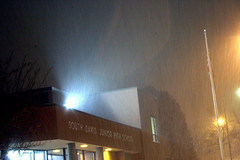
![Reblog this post [with Zemanta]](http://img.zemanta.com/reblog_e.png?x-id=33020e82-9b4f-4777-8738-44d9a8804432)
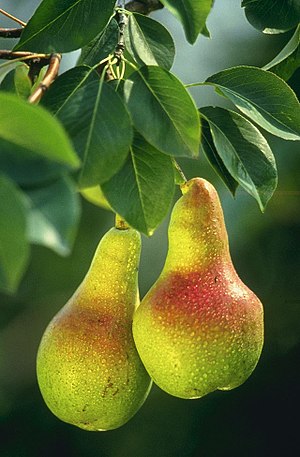
![Reblog this post [with Zemanta]](http://img.zemanta.com/reblog_e.png?x-id=87f0c349-6090-42d6-92a9-5849d5b021b6)
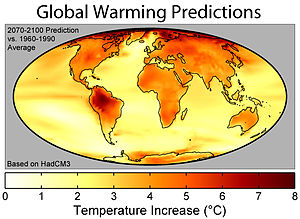
![Reblog this post [with Zemanta]](http://img.zemanta.com/reblog_e.png?x-id=7230e546-ad37-43f2-8890-6f72e52c2020)

![Reblog this post [with Zemanta]](http://img.zemanta.com/reblog_e.png?x-id=07a97cb7-9fad-4805-9e6b-3935b64e7fc2)
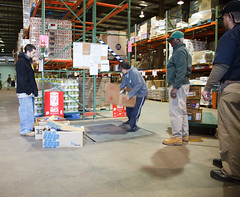
![Reblog this post [with Zemanta]](http://img.zemanta.com/reblog_e.png?x-id=01aa999f-d7ba-405f-b032-f6aee39f5b78)

![Reblog this post [with Zemanta]](http://img.zemanta.com/reblog_e.png?x-id=4e59682a-0816-4b5f-9615-510f68fc671f)
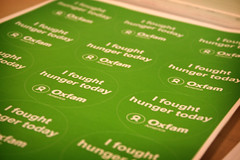
![Reblog this post [with Zemanta]](http://img.zemanta.com/reblog_e.png?x-id=8058980d-7de9-4442-b96a-d81681ce41a6)

![Reblog this post [with Zemanta]](http://img.zemanta.com/reblog_e.png?x-id=2c458de5-725a-4630-92ec-92213f2b3d97)



![Reblog this post [with Zemanta]](http://img.zemanta.com/reblog_e.png?x-id=92a008ee-4f2c-4872-8515-84f00c4833ef)


![Reblog this post [with Zemanta]](http://img.zemanta.com/reblog_e.png?x-id=a31a2a0b-e3b4-44da-8807-129cb74f819e)
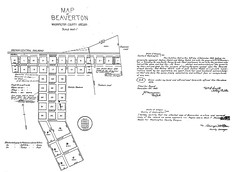
![Reblog this post [with Zemanta]](http://img.zemanta.com/reblog_e.png?x-id=3c5cdfc0-f490-4ef1-a78d-0f7c2b2126db)

![Reblog this post [with Zemanta]](http://img.zemanta.com/reblog_e.png?x-id=2d0c26a7-5580-41e2-a3e4-83ccfb06a1b2)

![Reblog this post [with Zemanta]](http://img.zemanta.com/reblog_e.png?x-id=0eb4cc96-8e27-4318-89fd-066b4c56c5e5)

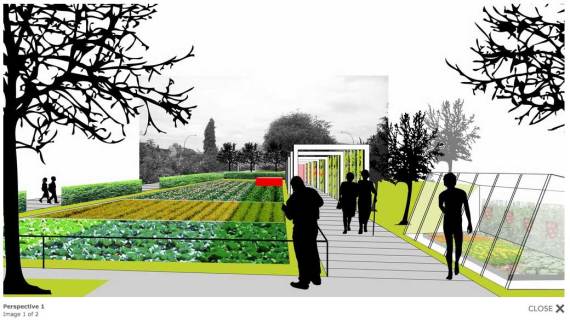
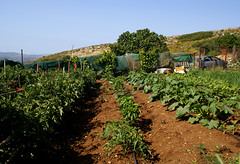
![Reblog this post [with Zemanta]](http://img.zemanta.com/reblog_e.png?x-id=967b7ff3-06cb-42e2-abcd-407161b8a85a)

![Reblog this post [with Zemanta]](http://img.zemanta.com/reblog_e.png?x-id=70bae017-15e9-45ae-a4c1-666fa2db33c2)

![Reblog this post [with Zemanta]](http://img.zemanta.com/reblog_e.png?x-id=3389bbf5-1317-4ce6-b25d-164724bbaf54)



